The geologic map I rely on for this blog — U.S. Geological Survey map MF-2342 — extends north to Pinole, where it shows this little pod of rocks labeled “Tsa” and “Tdi” between Pinole, El Sobrante and Richmond.
Both units are of early Miocene age: Tsa stands for sandstone and Tdi stands for diatomite. The T stands for Tertiary, the catch-all term for Cenozoic rocks older than Quaternary, which — OK, you don’t need the whole lecture just now. The point is, I had to go see this diatomite because I didn’t know it existed in the East Bay. I’ve seen it in the Central Valley, but never around here.
Going north on I-80 you take the Appian Way exit right and immediately turn left on Sarah Drive. Down at the bottom of a valley is Pinole’s little, undeveloped Sarah Drive Park.
On the way to the hilltop, you start seeing this odd rock in the road. Pick up a piece and you’ll find it’s very light. That’s the diatomite.
The trail becomes very steep, exposing the bedrock. The hilltop affords nice views. I was especially taken with the view north.
And the view east looks up Pinole Valley toward Mount Diablo on the horizon. If you’re riding toward Sacramento on the Capitol Corridor Amtrak train, there’s a moment just east of Point Pinole where you can catch this same view of the mountain.
And there were butterflies.
So that’s all great. But here’s what’s cool about the diatomite.
Diatomite is composed of diatoms, the microscopic algae that make shells of silica. As an industrial commodity it’s also called diatomaceous earth, or DE, or kieselguhr if you’re feeling smart. As the stabilizing agent for nitroglycerin in dynamite, it made Alfred Nobel’s fortune, and that’s why we have the Nobel Prize.
As its silica content slowly turns into the crystalline mineral quartz, diatomite becomes the rock called chert. As it happens, the Pinole diatomite is about the same age as the chert in Oakland’s Claremont Shale. By some tectonic accident, it avoided being converted, and you can enjoy its lightweight charm without a trip to Los Banos.
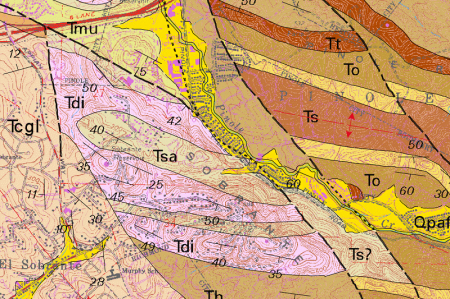
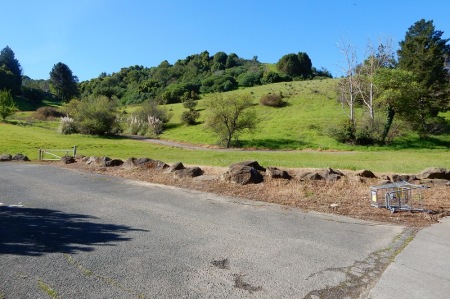
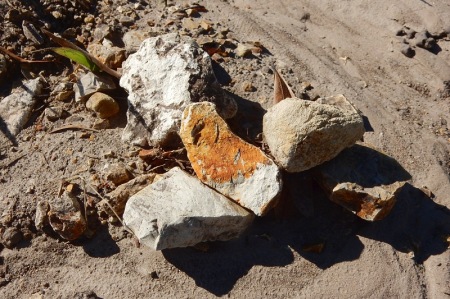
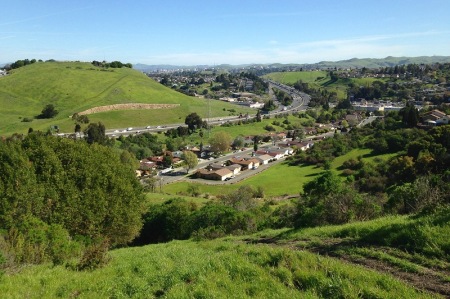
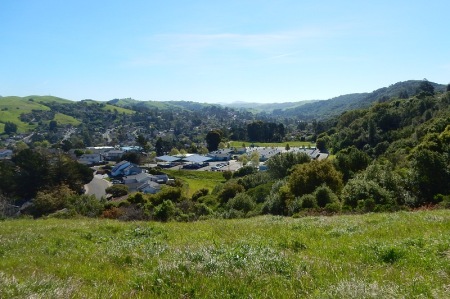
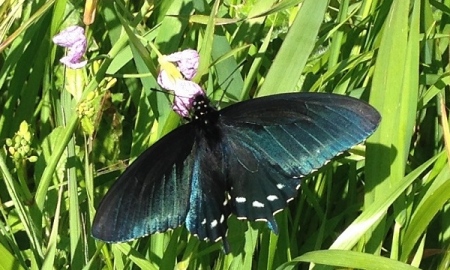
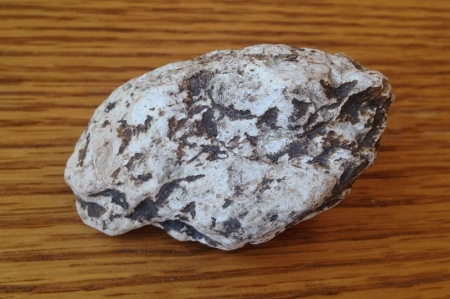
26 April 2017 at 8:52 pm
Great post! Love reading about diatoms. But also: your photo of a pipevine swallowtail butterfly which is not all that common either! Did you see several of these, or just this one? They are rare enough that folks are trying to encourage them.
[There were several, all feeding on mustard blossoms. — Andrew]
2 January 2022 at 9:39 pm
Thank you for these great posts!! They bring our hikes to life! 🌈